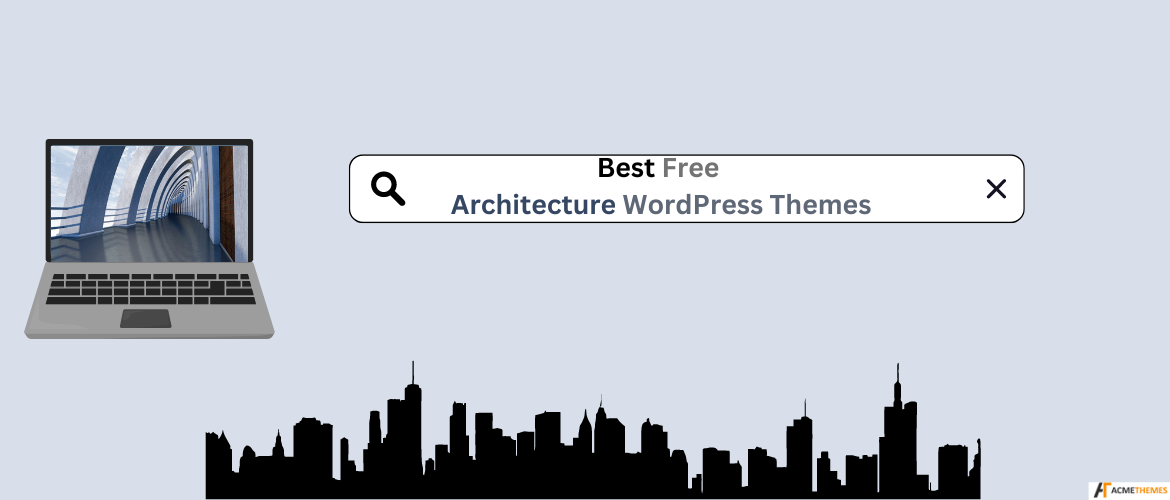Best Free Architecture WordPress Themes
For architects and architecture firms, having a visually appealing, functional, and professional website is essential for showcasing your work. WordPress, with its flexible themes and plugins, is a great platform to build your site. And the best part? You can find many high-quality, free WordPress themes tailored specifically for architects. In this article, we’ll explore the best free architecture WordPress themes that offer great design, usability, and functionality to help you build an impressive online portfolio. CosmosWP – A Powerful and Versatile WordPress Theme When it comes to flexibility and performance, CosmosWP stands out as one of the most advanced and feature-packed WordPress themes available. Whether you’re a freelancer, blogger, or business owner, CosmosWP provides all the tools you need […]

